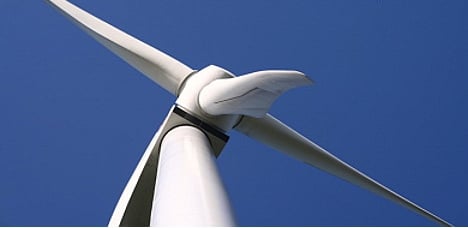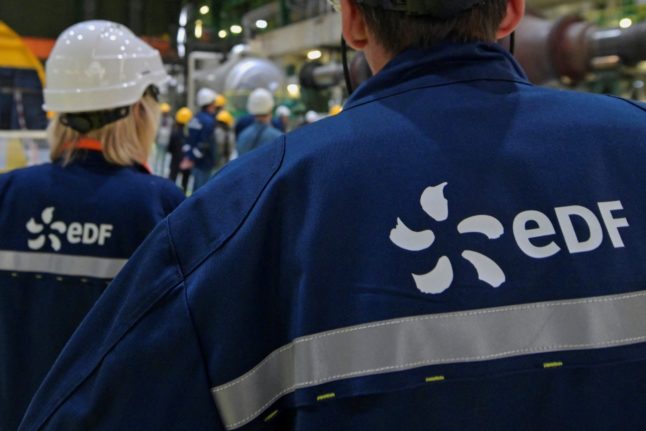But in hard times, it will be winds in Finland, not Spain, that make the finished product spin.
Last year, the plant delivered a wind turbine park to Malaga in southern Spain and another to Burgos, in the north, said factory manager Javier Trapiella.
"Now we don't produce for Spain," he added.
"It has all stopped."
For green energy producers, Spain has changed from a paradise with generous public support to a markedly less agreeable home.
Prime Minister Mariano Rajoy's conservative government is imposing an austerity regime to plug an accumulated energy sector deficit of €26 billion ($34 billion).
On Friday, the horizon darkened further with the approval of reforms cutting annual state aid for renewable energies by more than one billion euros.
The change is enough to place at risk huge strides in the Spanish wind energy industry.
Spain ranks as number four globally in terms of installed wind energy but has dropped to seventh place in terms of new projects, according to the Global Wind Energy Council.
"For Spain, wind energy has really been an energy revolution. In 20 years we have gone from producing zero kilowatts to producing 20 percent of national demand today," said Heikki Willstedt Mesa, director of energy policy at the Spanish Wind Energy Association.
In the fourth largest economy of the eurozone, wind is often the main source of electricity.
"Unfortunately, since 2009 the government has slowed the development of wind energy in Spain with various regulatory measures," he said.
Cuts in state aid of 35 percent, removing subsidies for new turbines since the start of 2013, and then the latest changes announced on Friday: the sector
has been hit hard and manufacturers are the first to feel the pain.
In February, French group Alstom closed two factories in Spain and laid off
373 employees.
"The economic crisis and the absence of a stable regulatory framework have
slowed domestic demand," the group said, stressing the lack of activity in its
Spanish sites.
Spain's Gamesa, which is among the industry's world leaders, gave the same
reasons as it laid off 606 of its 4,800 staff in Spain and closed two blade
factories in recent months.
Gamesa notably pointed to the "regulatory uncertainty" , the persistent
economic crisis and financial problems in the sector, especially in southern
Europe.
Making a wind turbine is almost a work of craftsmanship, said Gamesa's
Trapiella. "You need good hands," he said. The fibreglass and carbon fibre
blades measure 62.5 metres (205 feet) and weigh 15 tonnes each.
When finished they will leave by truck overnight for the port of Bilbao to
be shipped by sea to Finland. About 40 blades are scheduled for delivery by
February.
"If 90 percent of our sales were in Spain 10 years ago, it is the exact
opposite today with 90 percent of sales coming from abroad," said Jose Antonio
Cortajarena, Gamesa's corporate managing director.
"We are in more than 50 countries," he said, citing Mexico, Brazil and
India as key markets.
"Even if our corporate headquarters are in Spain, the risk, our dependance
on the Spanish market, is limited."
The Spanish Wind Energy Association is not so reassured.
"We have destroyed 25 jobs a day in the wind energy sector since the start
of the year and the industry is on the borderline, it cannot take any more
cuts," it said.
The industry has already suffered heavily.
"Of the 43,000 jobs we had in the wind industry in 2009, there are only
23,000 left, said Sergio de Otto, secretary general of the business group
Fundacion Renovables (Renewables Foundation).



 Please whitelist us to continue reading.
Please whitelist us to continue reading.
Member comments